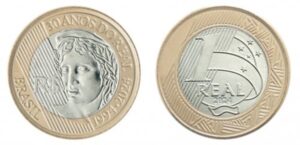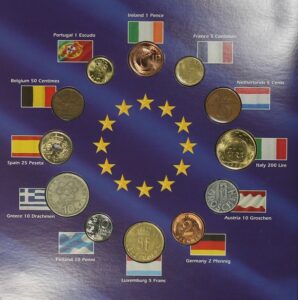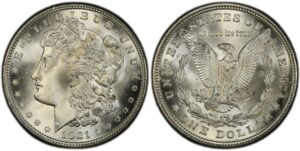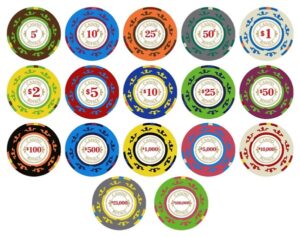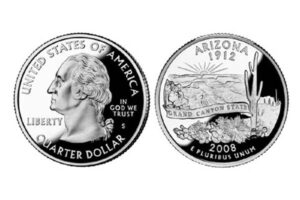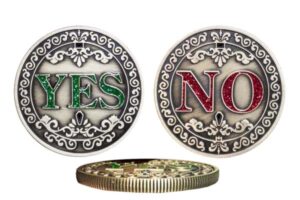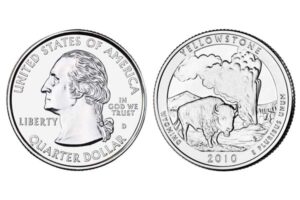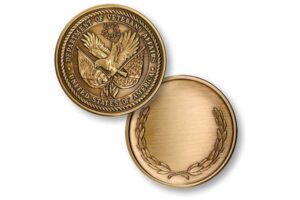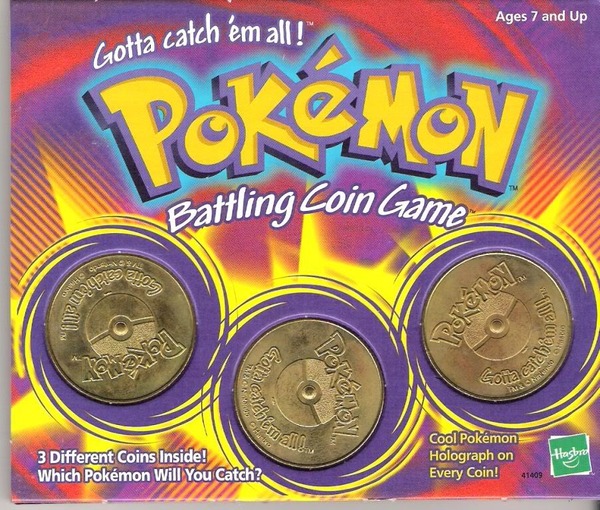
When my 10-year-old nephew asked me to find "real" Pokémon coins1 last Christmas, I discovered how confusing this market can be. As someone who's manufactured custom coins2 for 12 years, I'll cut through the noise.
You can buy Pokémon coins through official Pokémon Center stores, licensed retailers like GameStop, and trusted custom coin manufacturers (for non-infringing fan art versions). Always verify seller credentials and production certifications.
This quest taught me three crucial factors every buyer needs to understand first...
How Big Is a Pokemon Coin?
The standard Pokémon TCG coin measures 1.5" (38mm) - slightly larger than a US quarter coin. But dimensions vary by purpose:
| Coin Type | Diameter | 厚さ | 重さ |
|---|---|---|---|
| TCG Game Tokens | 38mm | 2.5mm | 15-18g |
| Collectors Edition | 50mm | 3.2mm | 25-28g |
| Custom Replicas | 30-70mm | 1.5-5mm | 10-50g |
Official tournament coins use zinc alloy cores with nickel plating, while collector editions often feature dual gold/silver plating on brass bases.
Why Size Matters in Custom Projects
- Ergonomics: 40-45mm works best for frequent handling
- Detail Visibility: Larger surfaces (50mm+) allow complex engravings
- Portability: Thinner coins (2mm) fit standard protective cases
Our production team uses laser-etched steel molds to achieve 0.1mm precision - crucial when replicating Charizard's flame details.
How Much Do Pokemon Coins Go For?
Prices range from $2 mass-produced tokens to $15,000+ for solid gold special editions. Key pricing factors:
Authentic Pokémon coins cost $2-$25 retail. Custom metal replicas range from $3.50-$18/unit depending on order quantity, plating type, and design complexity. Rare mint-condition coins can exceed $500 at auction.
Breaking Down Production Costs
-
Material Costs:
- Zinc alloy: $0.80-$1.20/unit
- Brass: $1.50-$2.50/unit
- 24K Gold Plating: +$0.75/unit
-
Minimum Order Quantities:
- Standard designs: 100 units
- Custom molds: 500 units
Last month, we produced 5,000 Lord Helix fossil coins for a gaming convention at $4.75/unit - 24-hour gold plating with anti-tarnish coating included.
How to Protect Pokémon Coins?
Use acid-free PVC flips for individual coins, silica gel packets in storage boxes, and microfiber cloths for cleaning. For valuable pieces, consider professional anti-oxidation electroplating.
Advanced Preservation Techniques
-
Environmental Controls
- Ideal temperature: 65-70°F
- Humidity: <50% RH
- UV-protected display cases
-
Our Patent-Pending Solutions
- ColorLock™ enamel protection (10-year fade resistance)
- Diamond-cut edge sealing
- RFID-embedded authentication chips
-
Handling Protocol
- Always hold by edges
- Use cotton gloves
- Clean monthly with 99% isopropyl alcohol
Creating Legacy-Worthy Custom Coins
At INIMAKER®, we've blended traditional craftsmanship with modern tech since 2012. Our ISO 9001-certified facility delivers:
Key Advantages for Collectors:
- 15-day standard production (5-day rush available)
- MIL-SPEC compliant metal alloys
- 0.005mm engraving precision
- MOQ from 100 units
Recent projects include museum-grade replica coins using historical patina recreation tech and RFID-embedded tokens for The British Museum.
結論
Understanding Pokémon coin specs, market prices, and preservation methods ensures smart collecting decisions. For custom projects, partner with certified manufacturers offering material guarantees and production transparency.
Ready to create heirloom-quality coins?
→ 24/7 design consultations available
→ Free 3D proofs within 48 hours
→ Door-to-door logistics tracking

